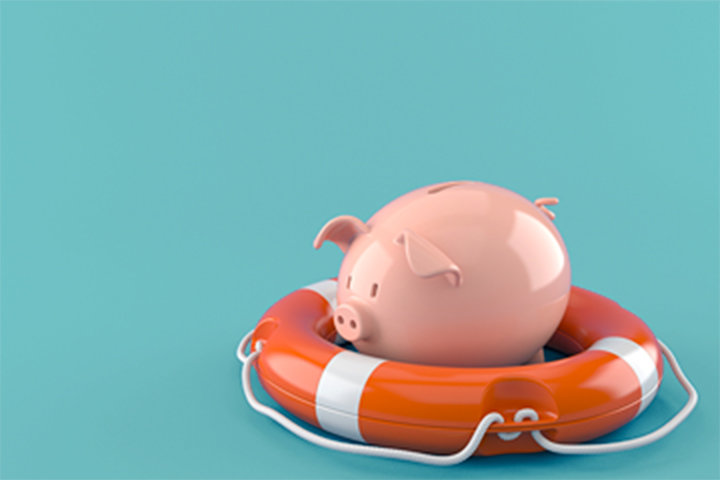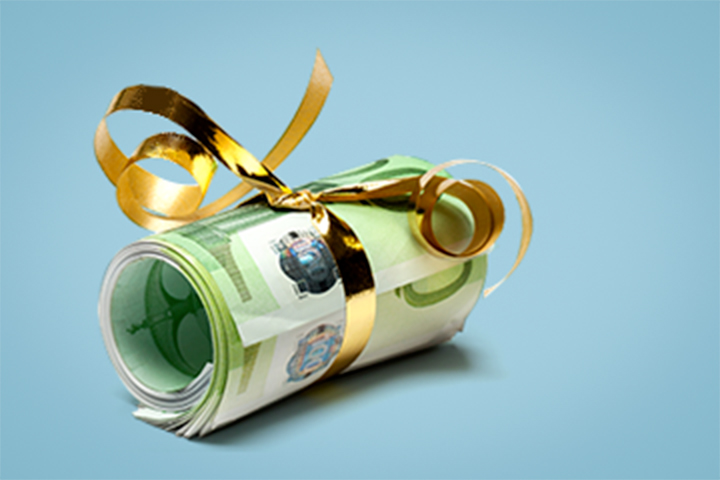Swapping your car for a bike: how much money could you save?

Keytrade Bank
keytradebank.be
January 19, 2021
(updated January 24, 2022)
4 minutes to read
2020 was a remarkable year for many reasons. One was that for the first time since World War 2, the number of passenger cars has fallen in Belgium. Over the previous decade, the number of cars increased by 1.27% a year on average. In 2020, however, this figure fell by 0.01%. This is a symbolic decrease, but noteworthy all the same.
Belgium currently has just under 5.9 million registered cars, despite there being only around 5 million households (including persons living alone) in the country. In recent years, Belgians travelled more than 80 billion kilometres a year by car (with the exception of 2020). That is more than 100,000 times to the Moon and back. Belgians are well-known for being keen on two things – fries and home ownership – but it seems they are also real petrol heads.
Belgians do not need any statistics to know how traffic jams, stress levels and environmental and noise pollution have evolved in their country over the past decade; they have experienced the impact first hand. Perhaps now is also the time for each individual to take a good look at their own behaviour. Does that mean they should all abandon their cars and jump on their bikes? People are not quite ready for that (yet). Not everyone can do without a car. The country's regional planning fragmentation, insufficient cycling infrastructure and current public transport system do not yet allow for this.
Belgians living in more rural areas are much more dependent on their cars. However, the situation in those areas is gradually improving, too. More and more companies and peer-to-peer initiatives are focusing on shared solutions such as carpooling and sharing cars, mopeds and cargo bikes. These services are now available in even in the remotest corners of the country. If you are in need of some inspiration on shared mobility, check out this overview and this list.
What exactly can you save by swapping your car for a bike, whether electric or otherwise? The answer is different for everyone. If you get rid of your car, you may not be able to use your bike for all your travel needs. For some trips, you may need to use a shared car, public transport or another solution.
A roadmap to calculate your profit:
STEP 1: Calculate your car's total cost of ownership
The total cost of ownership of a car is quite complex and includes the purchase cost, maintenance, insurance, taxes, fuel and so on. If you want to know your car's total cost of ownership, this calculation module is a good place to start.
For example, if we take a look at the best-selling car in Belgium, the VW Golf, we see that the total cost of ownership (purchase, ownership, use and so on) minus the resale value is more than 65,000 euros over 10 years. The car will cost you at least that amount if you drive 15,000 km/year. And if we add 2% inflation per year (more expensive replacement parts, parking fees, insurance and so on), the figure is around 70,000 euros. We used the Volkswagen Golf VIII 1.0 eTSI 81 kW Life DSG 2021 for this calculation.
STEP 2: Calculate your (electric) bike's total cost of ownership
A high-quality (electric) bike should last you at least 10 years. You should also include a sturdy lock, an equally sturdy bike helmet, pannier bags and rain gear in the purchase price. Then add the cost of repairs, maintenance, possible (theft) insurance and roadside assistance. If you are buying an electric bike, you will probably need to replace the battery after 5 years, and you will also need to take the charging cost into account.
After 10 years, you will probably end up with a total price of around 2,000 to 2,500 euros for a regular city bike and around 4,000 to 5,000 euros for an electric bike if you include a 2% annual price increase.
STEP 3: Choose some additional mobility solutions
What if you need to visit your local recycling centre or your aunt who lives on the other side of the country? A bicycle is not ideal for those kinds of trips. You will need to rely other solutions to get around. We list the prices of several mobility solutions over a 10-year period below. These are based on the current prices (January 2021) plus a 2% future annual price increase. For car sharing we have indicated the cheapest provider and the most expensive provider. For 10 years:
- Unlimited SNCB train travel card: 35,302 euros
- 50 SNCB train trips of your choice (5 x Standard Multi): 4,544 euros
- Unlimited De Lijn local travel card: 3,657 euros
- 50 De Lijn trips of your choice (5 x M-card 10): 821 euros
- Unlimited MIVB local travel card: 5,464 euros
- 50 MIVB trips of your choice (5 x Jump 10): 766 euros
- Unlimited TEC travel card: 6,351 euros
- 50 TEC trips of your choice (7 x Multi 6 and 2 x Multi 4): 1,301 euros
- Renting a family car for 2 weeks (for the holidays): 3,285 – 6,570 euros
- 25 km of car sharing (1 hour of use) per week: 4,665 – 9,493 euros
- 50 km of car sharing (2 hours of use) per week: 9,220 – 17,082 euros
STEP 4: Compare
We can conclude that an electric bike with an unlimited rail travel card, 50 bus trips with De Lijn each year, a rented car 2 weeks a year and regular car sharing (25 km per week) is still less expensive than using your own car. After ten years, this option will cost you approximately the following:
Electric bike: 4,500 euros
Unlimited SNCB train travel card: 35,302 euros
50 local transport trips of your choice with De Lijn: 821 euros
Renting a family car for 2 weeks a year (for holidays): 4,927 euros (on average)
25 km of car sharing (1 hour of use) per week: 7,079 euros (on average)
= 52,629 euros
If you replace the unlimited rail travel card with 50 train journeys of your choice, you will reduce your costs by another 30,000 euros over 10 years.
Good to know: if you are ditching your car for a bike altogether, subsidies or other allowances are available in several cities (Antwerp, Brussels, Ghent, Kortrijk, etc.).
How about the thousands of euros you save each year? Well, you could invest in a KEYPLAN, for example.
Disclaimer : The above figures and calculations are simulations. Keytrade Bank does not accept any liability for these simulations. They are for general information purposes only and are not intended as advice. Although this information has been carefully compiled, Keytrade Bank is not liable for ensuring the information is accurate, complete or up to date.


